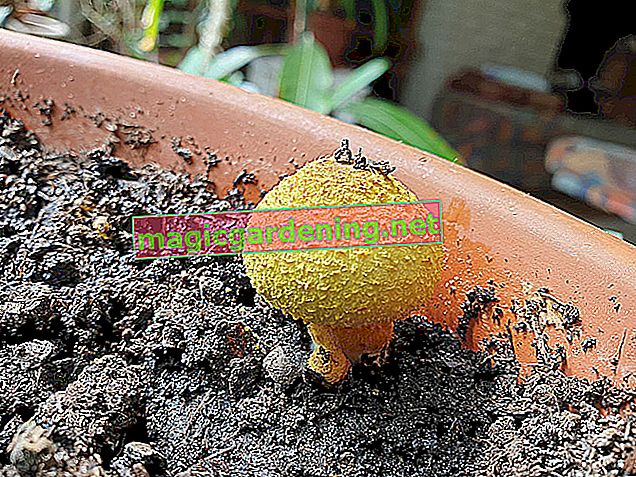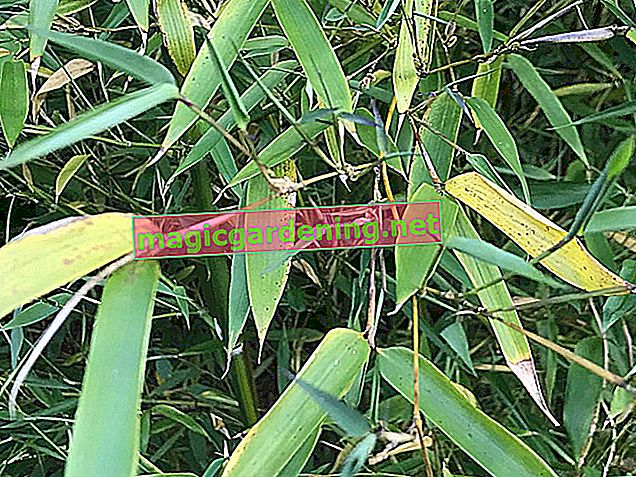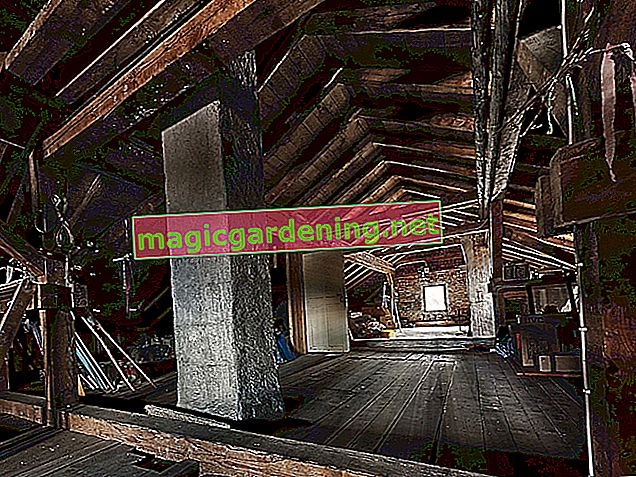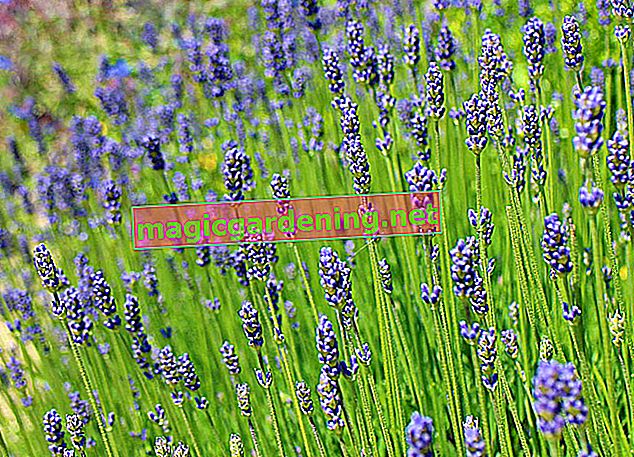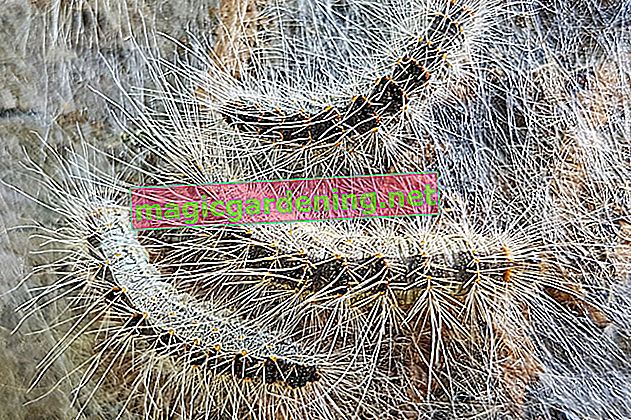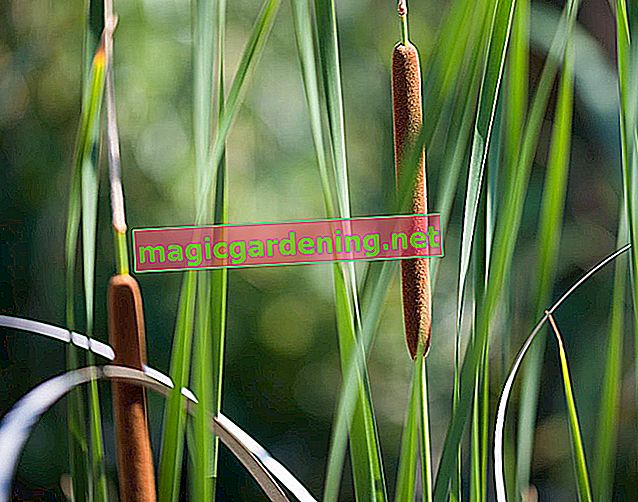
When is reed cut?
The right time for pruning is of great importance in order to promote the growth of the reeds and not to inhibit it at all.
Reeds should not be pruned in autumn or winter for several reasons:
- The fronds also look attractive in the cold season.
- The dense stalks offer small animals a winter retreat.
- The leaves protect the roots from frost and moisture.
- If the stalks are cut before winter, moisture penetrates the interfaces, which can lead to rot.
also read
- Hibernate reeds properly
- Why tie the reeds together?
- Mow the reeds and get rid of them permanently
Therefore, reeds should only be cut after winter. In order not to expose the roots to the cold unprotected, you should not prune reeds too early in the year, preferably only when no more forest can be expected.
But be careful: the reeds must not sprout under any circumstances! Otherwise, you could damage the tender shoots, impairing growth and creating brown tips. If you missed the right time, it is better to forego the pruning completely this year.
What do you need for the pruning?
If you are cutting reeds in the garden pond, you should definitely wear high rubber boots so that you don't get your feet wet.
You also need sturdy gardening gloves, because the reed stalks are often razor-sharp and can lead to injuries.
Finally, you'll need sharp, clean secateurs with good leverage. Reeds are often very wide and robust and you will have to struggle with a small pair of secateurs here. Clean the scissors before use to prevent infection!
How much is cut off?
Reeds should be cut down radically. With younger plants, cut the stalks back to about 10cm above the ground. With older reeds you can leave about 20cm.
What to do with the clippings?
The fibrous reed stalks rot very slowly. Therefore, you should only dispose of small amounts on the compost heap in a chopped condition. The rest of the waste can be disposed of in the organic garbage can.




